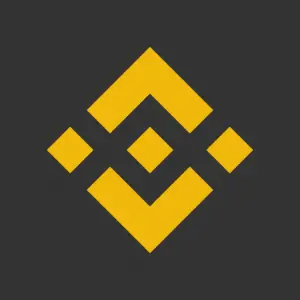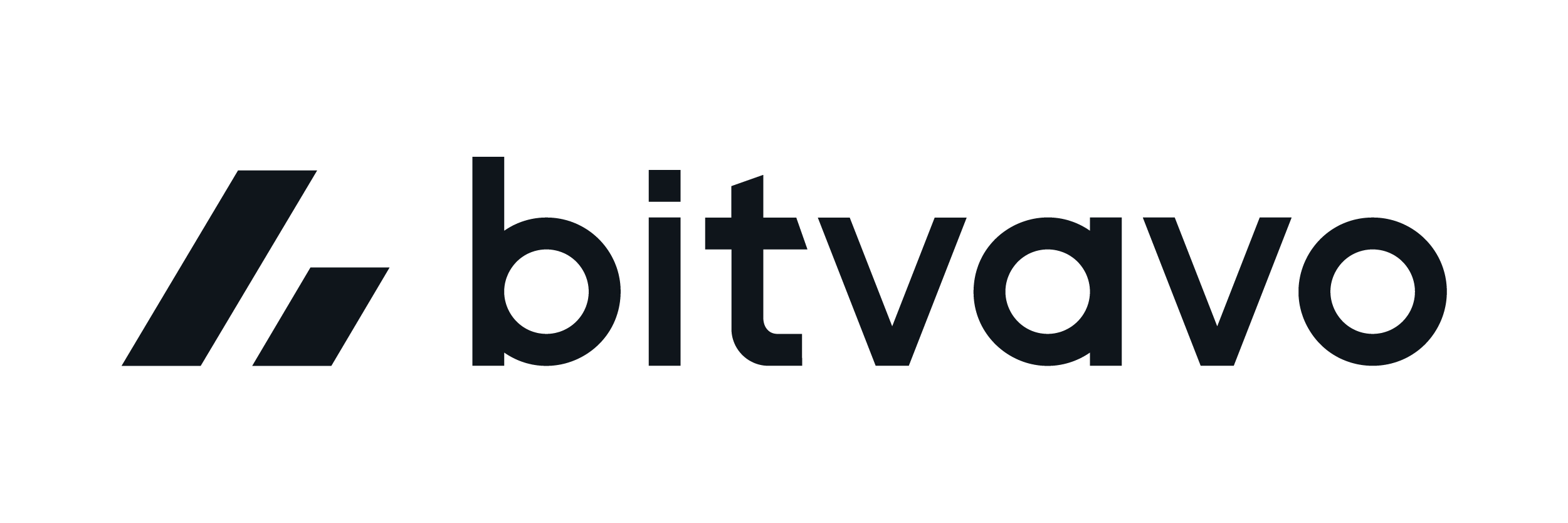Welcome to this post, where we are going to see how to keep your wallet and funds as safe as possible on DEFI.
If you have been on DEFI for some time or have explored different exchanges or platforms, it is very likely that you have connected your wallet to platforms that are little known or of dubious quality. A very important aspect of DEFI is the security of your funds and wallets, and when you connect your wallet, it is possible that the platform can access your funds.
DEFI Security
Although this is not common, it is something that has happened before, although it happens rarely. In the DEFI world, there are two major risks, placing funds on a platform and having them disappear with them. Or the second, that they also access your metamask tokens, and also take them with them.
For this, the best option is to have more than one wallet, in metamask it is very easy to create it and connect in the most little known platforms or that you have doubts about whether they can be a possible scam the wallet with less funds.
Even so, I am sure that right now you have connected your wallet to many platforms that you don’t even remember, and let’s see how to withdraw permissions from these platforms easily, and without having to go back to the site.
DeBank
For this, we will use DeBank. A platform that tracks our funds and connections from our wallet on the different DEFI platforms.
The first thing we will have to do is to connect our wallet. Once connected we will go to profile. Then we will look at the other aspects, but first let’s cover the security aspect.
We go to approval. We select the network we usually use, or we want to see the connections we have. In my case I use my wallet in binance Smart chain and Polygon. You will see all the contracts you have approved, and the most important thing. The exposure token.
When you approve a contract, you give permission to the DEFI applications or platforms to spend all your tokens. For example, when staking. So they will not be able to steal all your tokens, only the same token you have approved for staking or other uses within the platform.
In my case, if we see cerbereus, I accepted the contract on their platform, and my exposure token is 221 cerberus which is the total I have in my wallet. If I had more cerbereus tokens, the exposure risk would be higher. What we are interested in is to decline those that pose a risk and we do not know if they are reliable.
To do this, simply click on decline, and confirm in your wallet. In the case of the polygon network is very simple, since the commissions are very low, in the binance Smart chain also but if you have many contracts with risk, the cost may be somewhat higher, a couple of dollars.
My recommendation is that you only decline those contracts that come from platforms that appear as unknow Project or distrust that project. For example, if you have a connection with pancakeswap, it is very likely that nothing will happen and it is not necessary to decline the contract.
You can review your contracts on the different blockchains, such as the ethereum network, polygon, xdai and others that you use to eliminate those contracts that may be harmful to your wallet. With this, you are already protected, and whenever you connect your wallet to a site that you are suspicious of, you can go back to debank to cancel the contract or see the possible risk that the platform has on your risk exposure.
The debank platform is very useful to have more security and peace of mind with your metamask wallet or others, but it is also useful to see all your investments and staking in DEFI. In portfolio, you will see all the information about your wallet. Both the funds you have in it, as well as the different cryptocurrencies you have staked in different platforms. It is ideal if you are stkaing in many platforms and sometimes you forget some of them where you have your funds. In my case, this is my wallet to use in little known defis and I have hardly anything in it, but if you have different stakings in platforms like alpaca, pancakeswap, pancakebunny or beefy, you will be able to track everything and see its value in dollars from the DeBank panel. Undoubtedly, it is an ideal and free platform for those of us who use DEFI and different platforms at the same time.
Is DeBank safe?
One question you may have is whether debank is safe to use with your wallet. And the answer is Yes.
Although the platform is not audited, it is not something that is necessary, since at no time is depositing funds or giving debank access to interact with the funds in your wallet. The functionality of debank is to visualize in a much more comfortable way your assets in different networks, and from the platform itself to perform certain actions, such as revoking permissions of some dapp, or limiting the amount you can spend.
But these functions are not unique to debank, as they can be performed from etherscan or from your metamask. The only thing debank does is to make it much more intuitive and user friendly. So, connecting your wallet to debank is risk free.
The only aspect you should be aware of and look at, is when you sign a transaction in your metamask or wallet using debank, and see that it actually does what it claims to do. Although there have not been any incidents with this platform, it is an extra security measure you can add to avoid any problems. But otherwise, debank is a secure and very useful platform to track your movements and portfolio in DEFI.
DeBank has other aspects, but these two that we have seen, are the ones I consider most important and relevant to use. If you liked it, I leave it to you to explore the other features that DeBANK has.
I hope this post has helped you to learn more about how to protect your wallet and your funds in DEFI. If you don’t have an account with binance, below you will find a link to create one.
Platform: Binance
Min. deposit: $10
License: Cysec
Very low commissions
Exchange with more cryptocurrencies


